In today’s “Beyond the Garden Basics” podcast, we talk with Douglas Kent, author of “Firescaping: Protecting Your Home with A Fire-Resistant Landscape”. He has a slightly different view of thwarting home and yard damage for residents of the urban-wildland interface, who are increasingly keeping a wary eye - and nose - in the air for smoke. And as we pointed out in the Garden Basics with Farmer Fred podcast this week (Ep. 235), in our chat with University of California Fire Advisor Luca Carmignani, it is the threat not so much from flames creeping onto your property as it is blowing, burning embers hurtling towards your house from a wind-driven wildfire. Those embers (or “firebrands”) can travel a half mile or more from the actual fire itself, whose ferocity is supercharged by winds that can reach 60 miles per hour or more. And it’s not just California. States throughout the West, Northwest, Southwest, intermountain west, and the South have been hit by massive wildfires, that the Washington Post estimates that 16% of all Americans - on 80 million properties - face the threat of wildfire.
Wildfires remain a danger across California and much of the unusually dry Western United States, as there’s still plenty of time this fall for grass, woody debris, and other flammable materials to become dry and ignite, threatening homes adjacent to wildfire-prone areas with flying, embers. We are all hopeful that we will have a wet or snowy winter sooner, rather than later. In the meantime, the University of California has advice on prepping your home and landscape to slow the destruction in case of a wind-blown wildfire.
"The smaller the fuels – pine needles, grass, and small twigs – the faster they can dry out, meaning they will be ready to burn again a few days or weeks after a large rainstorm," said Susie Kocher, a UC Cooperative Extension forestry and natural resources advisor for the Central Sierra.
When it comes to essential wildfire preparations in this age of drought, not every project requires a bank-breaking budget and an army of contractors.
There are small – but significant – home and landscaping improvements that most people can complete by themselves during a weekend or two, with a quick run to the hardware store and some basic planning and safety precautions.
"There are a lot of factors that play into your home’s vulnerability to ignition; small changes and upgrades can help reduce some of that risk for people living in high wildfire risk areas," Kocher explained. "The bigger projects like replacing windows and roofs are very important, but there are definitely smaller projects that people can tackle right away at lower cost that also reduce risk. The main goal of these actions is to reduce the risk that wildfire embers can ignite your home."
Kocher recommends these measures as simple but crucial ways to bolster your home’s wildfire resiliency.
• Let’s start with what may be the most difficult task to accomplish. Not because it is dangerous, but because of reluctance: taking out all vegetation and wood chip mulch within five feet of your home. Creating defensible space immediately next to your home is a top priority, so be sure there’s nothing combustible within this primary zone. Plants, mulch, woodpiles, wicker furniture or anything that can catch fire should be removed.
• And now for the more precarious task: removing debris from your roof. Because of its expansive surface, the roof is the most susceptible area of your house to embers. Removing accumulated leaves and needles is especially important if you have a complex roofline with dormers or other elements – that’s where embers gather, too, and could ignite flammable siding. And while you’re up there, give those gutters a good cleaning. Or, if you and the outdoor ladder are not on friendly terms anymore, hire a gutter cleaning service who can also blow debris off the roof.
• Install metal flashing in vulnerable spots. Replacing all your siding with noncombustible material can be pricey, but a more manageable task would be adding corrosion-resistant metal flashing to select areas: roof-to-wall intersections, the place where the chimney comes out of the roof, and the edge where the deck meets the house.
• Remove debris from between the boards of your deck and fence as well as below your porch. Embers can ignite leaves and needles stuck between the boards, so be sure to keep those gaps clean and clear.
• Inspect vents and upgrade to finer mesh screens. Install or swap in noncombustible, corrosion-resistant metal mesh screening that is at least 1/8" mesh. 1/16" would be even better. However, that requires more frequent maintenance. These screens help prevent embers from entering your attic and crawl space. In addition, put together some vent covers that can be deployed if you have time before a wildfire arrives.
More information and more fire-related links are available at the University of California Ag and Natural Resources webpage, “Wildfire Preparedness in the Home Landscape”.
Want to see how easily a typical home can be consumed by flames? Check out this video from the Insurance Institute for Business & Home Safety Research Center, "Ember Storm Test Highlights”.
Thank you for listening to the Garden Basics with Farmer Fred podcast! It’s available wherever you get your podcasts. Please share it with your garden friends.
As an Amazon Associate, I earn from qualifying purchases from some of the underlined links in the newsletter. This is how I am trying to keep this a free newsletter. And as long as you buy whatever you want from Amazon using any of those links to get into the Amazon site, I get a few pennies. Thank you.
Thanks for Subscribing and Spreading the Word About the Beyond the Basics: The Garden Basics with Farmer Fred newsletter, I appreciate your support.
Fred Hoffman is also a University of California Cooperative Extension Master Gardener in Sacramento County.

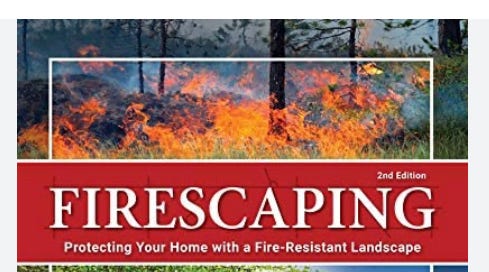





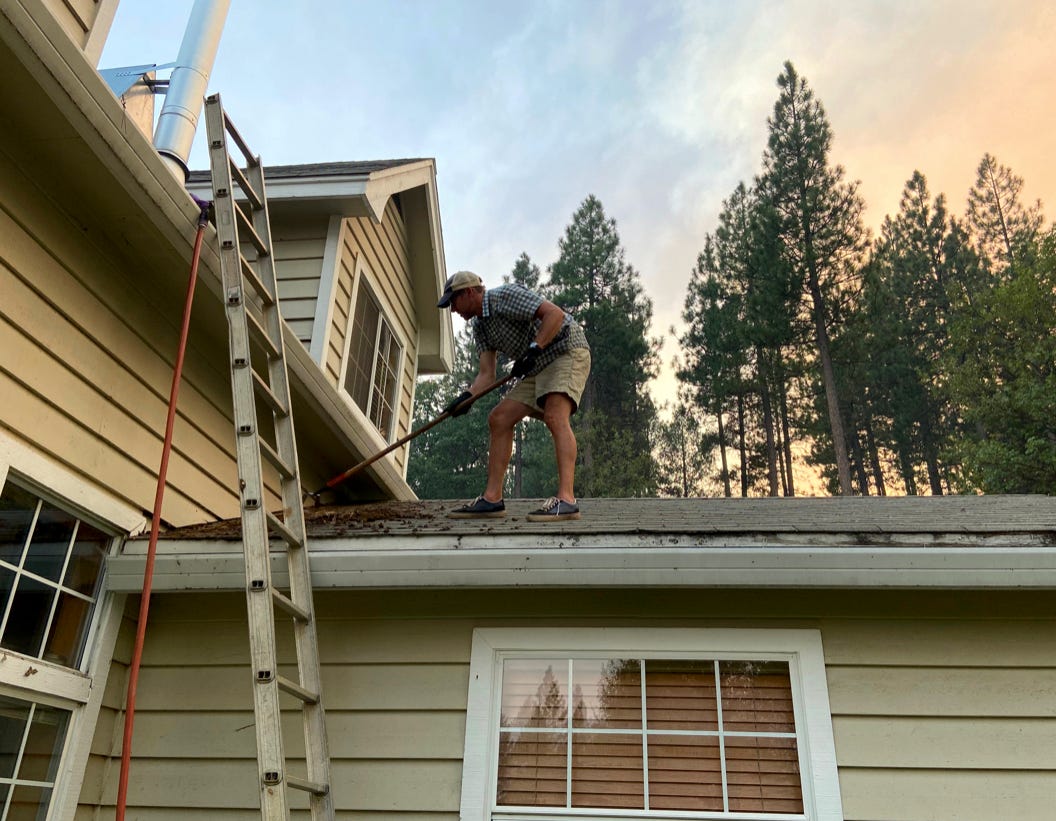

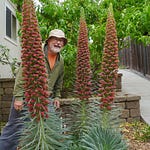

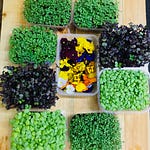


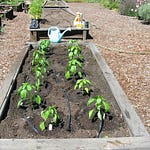


Share this post